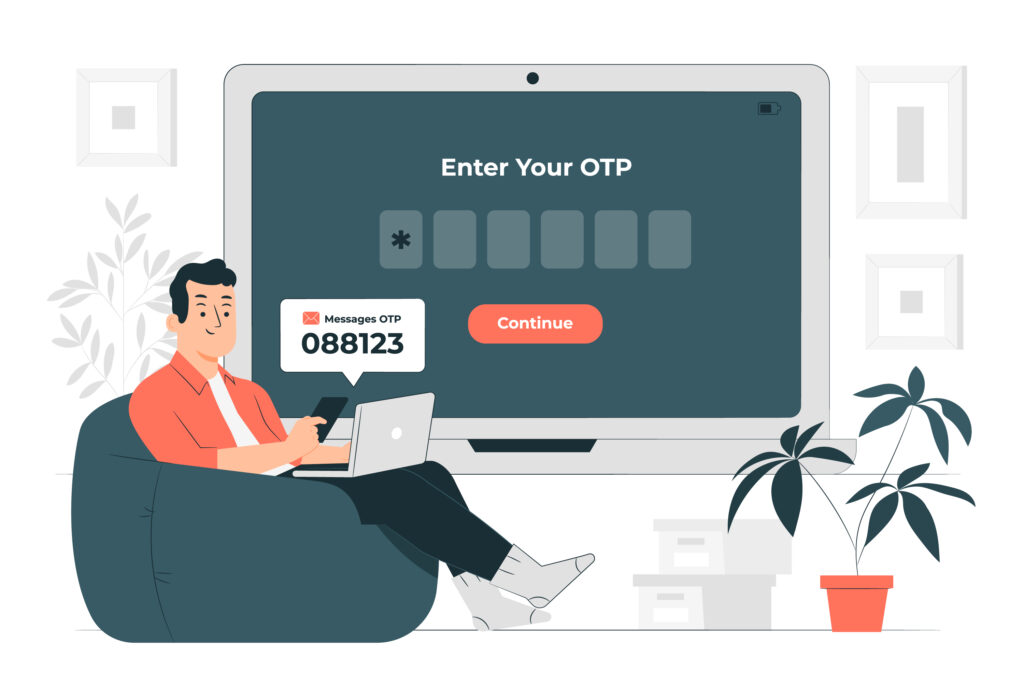In a world increasingly driven by digital interactions, the humble password stands as the gatekeeper to our virtual lives. From email accounts to online banking, social media to e-commerce, a strong password is our first line of defense against cyber threats. With hackers employing more sophisticated techniques, it’s crucial to fortify our online security with passwords that are both resilient and ingenious. Let’s explore some creative and effective ideas to craft strong passwords that will keep your valuable information safe.

1. Embrace Length and Complexity: Longer passwords are inherently more secure. Aim for a minimum of 12 characters, incorporating a mix of uppercase and lowercase letters, numbers, and special characters. Strings like “P@ssw0rd123” or “Tr!ckyD0g$Bark” exemplify the combination of complexity and length that can thwart even the most advanced hacking attempts.
2. Passphrases as Guardians: A passphrase is a sequence of random words that are easy for you to remember but difficult for others to guess. Create a phrase that holds personal significance but doesn’t reveal obvious information. For instance, “Mount@inSunset$Hike” draws on a memorable experience while maintaining security.
3. Avoid Personal Information: Resist the temptation to use easily discoverable data like birthdays, anniversaries, or names of family members as part of your password. Hackers often exploit such information, making it an easy target.
4. Leverage Acronyms: Form a password by taking the first letters of a memorable phrase, sentence, or quote and mixing them with numbers and special characters. For example, “To be or not to be, that is the question” can become “Tbo2b,T1sTQ!”
5. Interweave Languages: Blend different languages to create a multi-lingual password. Mix English with phrases from another language you’re familiar with, using both their characters and their transliterations. This approach significantly increases the complexity of your password.
6. Substitution Cipher Strategy: Replace letters with similar-looking characters or numbers. For example, “Secure” could become “S3cur3” or “$ecur3.” However, avoid predictable substitutions like replacing ‘a’ with ‘@’ or ‘e’ with ‘3,’ as these patterns are well-known to hackers.
7. Keyboard Pattern Obfuscation: Select a pattern on the keyboard that has meaning to you but isn’t easy to guess. For instance, “1qaz2wsx” is a sequence of keys in a diagonal line on the keyboard. The key is to customize it for yourself.
8. Nonsensical Combos: Combine unrelated words, numbers, and symbols in a way that only makes sense to you. The more nonsensical and unique your password, the more challenging it becomes for hackers to crack it.
9. Book or Song Title Inspiration: Select a line from your favorite book, song, or poem and manipulate it with numbers and special characters. “To be or not to be, that is the question” could morph into “Tb0nb3@Ri$the?Q.”
10. Use the First Letters: Choose a phrase that’s easy for you to remember and use the first letters of each word as the foundation for your password. Mix in numbers and symbols for added complexity.
11. Embody Randomness: Generate a random string of characters, numbers, and symbols using a password manager or an online random string generator. These passwords are impossible to predict but challenging to remember, so it’s crucial to use a reliable password manager.
12. Keep it Unpredictable: Resist the urge to use common patterns like “123456,” “qwerty,” or “password.” These are among the first combinations hackers attempt.
13. Divide and Conquer: If your password needs to be longer but is challenging to remember as a single unit, consider splitting it into smaller segments. For example, “Hiking@Sunset!” could be divided as “Hiking@Sun” and “set!.”
14. Be Cryptic with Dates: If you must use dates, disguise them in creative ways. Instead of “May12,” consider “M@y/12.”
15. Unique for Every Account: Never reuse passwords across different accounts. Each account should have its own distinct password, ensuring that a breach in one account doesn’t jeopardize the rest.
16. Personal Jokes or Anecdotes: Craft a password around an inside joke or personal anecdote only you would understand. This adds a layer of sentimentality that makes your password memorable yet unique.
17. Test Your Password: Before finalizing your password, use an online password strength checker to assess its vulnerability. If it’s rated weak, go back to the drawing board and refine it further.
Remember that while crafting a strong password is crucial, safeguarding it is equally important. Avoid writing passwords down, sharing them, or saving them in unsecured files. Consider using a reliable password manager to securely store and manage your passwords. By embracing creativity, complexity, and uniqueness, you can create strong passwords that stand as formidable barriers against cyber threats and keep your valuable information safe in the digital landscape.